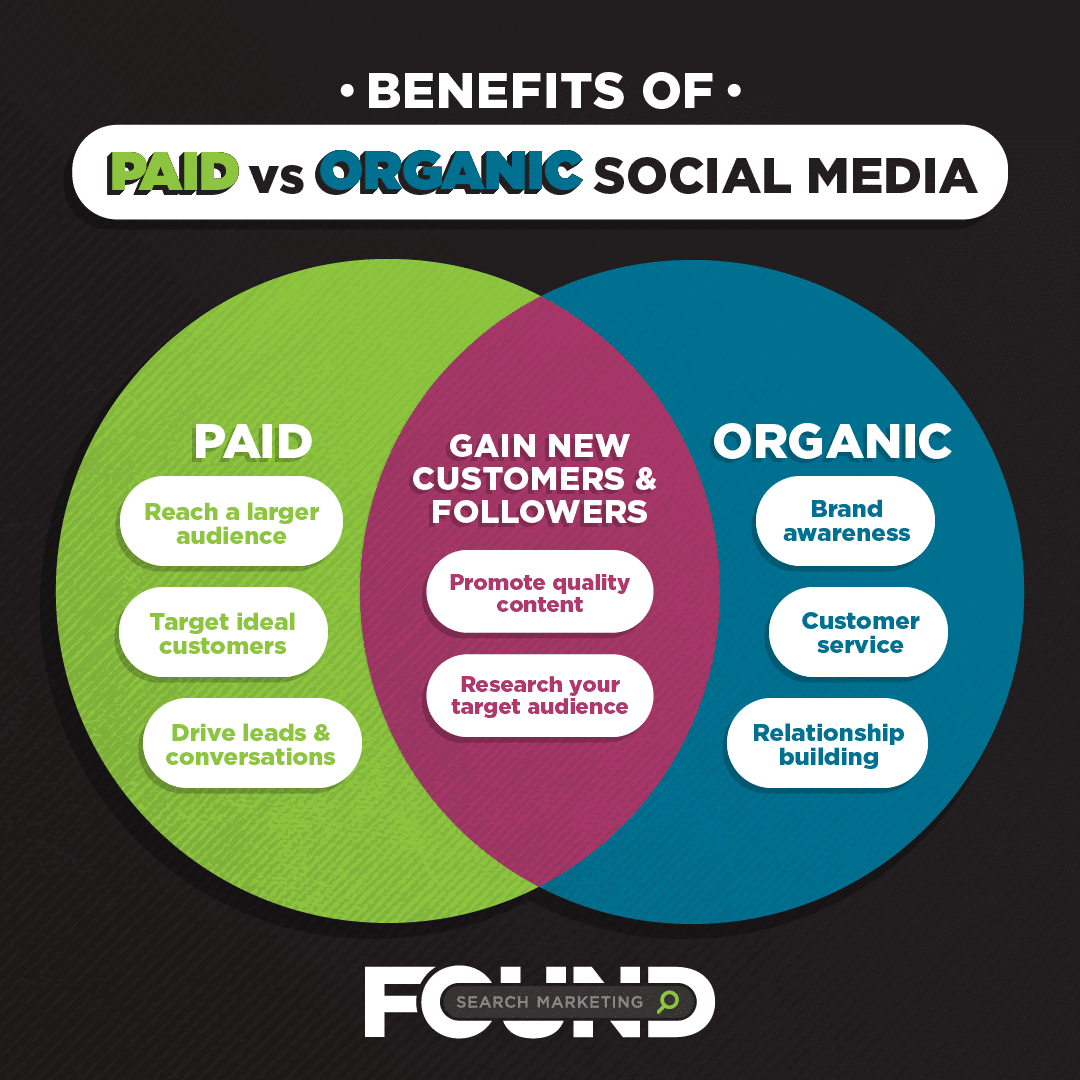A Marketer’s Guide to Paid Media Ad Types
Paid Media Ad Types for Beginners
If you’re immersed in the world of digital advertising, it can be a bit daunting when faced with all the different paid media platforms and ad types. You might have had thoughts similar to How does one know which platforms to use? or Which kinds of ads should be run?
The possibilities and options are growing each day, but there are a few garden-variety types of creative that you will want to make sure you understand. Let’s focus on what are arguably the most common types of ads and platforms and get a bird’s eye view of each. In this post, we’ll look at different ad types from Google, Microsoft, Facebook, and LinkedIn.

Paid Search: Google Ads & Microsoft Advertising
Google and Microsoft (Bing) can both be grouped together since they essentially offer the same types of ads. Let’s take a look at some of the most common ad and extension types for search. The specifications listed in this post are current as of December 2021.
Expanded text ads
These are your more traditional search ads. The visual for each expanded text ad (ETA) is composed of up to three headlines, two descriptions, a display URL, and two URL paths. Each headline has a maximum character count of 30, each description has 90, and each URL path has 15.

Recently, Google announced that advertisers will not be able to create new ETAs after June 2022. However, at the time of this writing, Microsoft has not yet indicated that they are discontinuing the creation of ETAs.
Pro Tip: It’s recommended to have 3–5 ETAs per ad group.
Responsive Search Ads
ETAs may be going away on Google, but RSAs are here to stay. Responsive search ads (RSAs) are similar to ETAs with one major exception. Instead of having three headlines and two descriptions, each RSA can have up to fifteen headlines and four descriptions.
In any given search auction, Google’s algorithm will choose two or three headlines and pair them with one or two descriptions. Over time, the automated system gets better at predicting which ads perform the best on particular searches.
Again, each headline can contain up to 30 characters, each description 90, and each URL path 15.
Pro Tip: Your ad groups should each have one RSA.
Sitelink Extensions
Search ad extensions are always served in conjunction with a text ad (ETA or RSA); they are never shown by themselves.
One popular type of extension is called the sitelink. A sitelink is composed of the clickable link text and two description lines.
Sitelinks are beneficial if you have other pages on your site that you want searchers to visit. Sitelinks also allow your text ads to take up more real estate on the search engine results page (SERP), making the ads appear more prominent.

Pro Tip: Try to have at least 4–8 sitelinks per campaign.
Callout Extensions
Callouts are another type of ad extension. Each callout contains one line of text that describes a value proposition of your product or service. These can be benefits such as “Personalized Service,” “Affordable Tuition,” “Online Shopping,” etc.

Pro Tip: Aim to have at least 6–8 callouts per campaign.
Structured Snippet Extensions
A third common type of search extension is called the structured snippet. Each structured snippet contains one header with multiple values. Available headers in Google include the following:
- Amenities
- Brands
- Courses
- Degree programs
- Destinations
- Featured hotels
- Insurance coverage
- Models
- Neighborhoods
- Service catalog
- Shows
- Styles
- Types
These extensions can be used in a variety of ways. For example, a university could set up a structured snippet with the header “Degree programs” and then list out different values (MBA, Ed.D., MSN, etc.).

Pro Tip: Create at least one structured snippet per campaign.
Image Extensions
A newer ad extension that has been gaining popularity is the image extension. Google has certain requirements for who can use image extensions (for example, your Google Ads account must be older than 90 days). But if your account is eligible, then you should take advantage of this opportunity to add rich visual elements to your text ads. Here is an example of a search ad with an image extension.

Pro Tip: Have at least one square image and one landscape image per campaign.
Paid Social: Facebook Ads
Facebook ads can run on a variety of placements, including Facebook, Instagram, Messenger, and WhatsApp. Some of the most common ad types are image ads, video ads, and carousel ads.
Image Ads and Video Ads
Image and video ads share the same ad copy specifications. Image ads contain JPG or PNG files while video ads contain MP4, MOV, or GIF. Each of these ads will have one primary text field, one headline, and one description. You can also choose a call to action button from a dropdown menu (“Shop Now,” “Learn More,” “Subscribe,” etc).
Here are an example of an image ad and a video ad.
Facebook Image Ad
Facebook Video Ad
Pro Tip: Create 4–8 active image or video ads in each ad set.
Carousel Ads
Facebook carousel ads allow you to show up to 10 different images or videos in a single ad. Each carousel includes a primary text, headline, and description, and images and videos have links that direct users to your site.
Users can scroll through the different carousel cards by pressing an arrow or swiping the side of the ad.

Pro Tip: This ad type is a great option if you would like to highlight a set of products or benefits.
Paid Social: LinkedIn Ads
Another popular social media platform is LinkedIn. This platform offers several ad types with specifications that are very similar to Facebook.
We’ll look at single image ads, video ads, and carousel ads in this post. Keep in mind that LinkedIn also offers other unique ad types such as event ads, conversation ads, and message ads.
Single image ads and video ads
LinkedIn image and video ads will each feature one headline and one introductory text. If you’re using the LinkedIn Audience Network (LAN), you’ll also be required to add a description.
Compatible file types include JPG and PNG for images and MP4 for videos. (Note that GIFs are not supported.)
Single Image Ad
Video Ad
Pro Tip: Try to have 2–4 active image or video ads in each campaign.
Carousel Ads
As with Facebook, LinkedIn allows you to showcase a variety of images (JPG or PNG) in a single carousel ad. (Unlike Facebook, LinkedIn does not support videos for this ad type.)
When creating these ads, you will write one field of introductory text as well as a unique headline for each card.

Pro Tip: As with Facebook, this ad type is a great option if you would like to highlight a set of products or benefits.
Wrapping Up
By now, you should be a little more familiar with the major ad types for Google, Microsoft, Facebook, and LinkedIn. Additionally, these four platforms contain other types of creative that we haven’t yet discussed.
As you evaluate your marketing needs and goals, be sure to take a deep dive into all of the options paid media has to offer.
No matter where you are in the marketing funnel—awareness, consideration, conversion, or loyalty—you can develop a digital strategy tailored to your needs.
Are You Ready to get Found?
You May Also Like
These Related Stories

Get More from Paid Social Media Lead Generation Strategies

A Guide to Using Paid Search for Top of Funnel Marketing

No Comments Yet
Let us know what you think